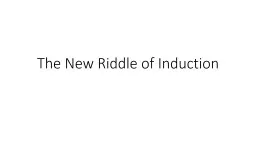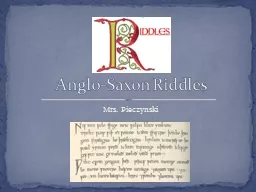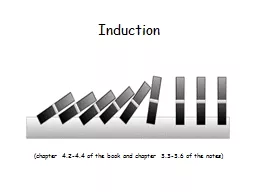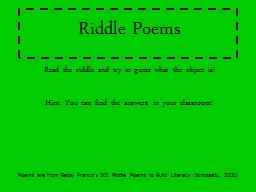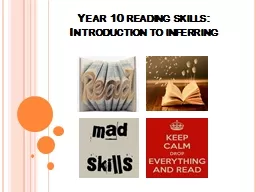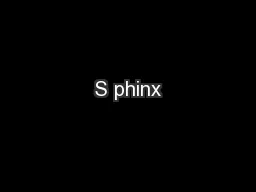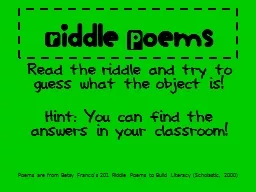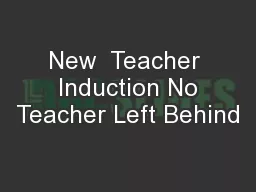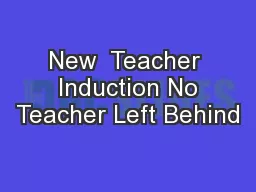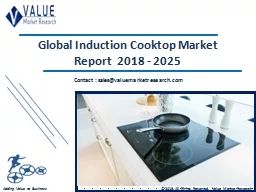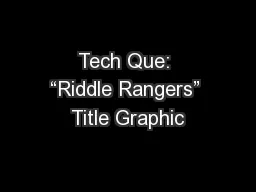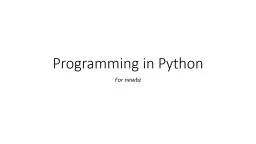PPT-The New Riddle of Induction
Author : debby-jeon | Published Date : 2017-04-23
Paradoxes Dr Michael Johnson 2 nd Term 2017 Nelson Goodman 19061998 American philosopher Codeveloped a logic of individuals mereology that was more ontologically
Presentation Embed Code
Download Presentation
Download Presentation The PPT/PDF document "The New Riddle of Induction" is the property of its rightful owner. Permission is granted to download and print the materials on this website for personal, non-commercial use only, and to display it on your personal computer provided you do not modify the materials and that you retain all copyright notices contained in the materials. By downloading content from our website, you accept the terms of this agreement.
The New Riddle of Induction: Transcript
Download Rules Of Document
"The New Riddle of Induction"The content belongs to its owner. You may download and print it for personal use, without modification, and keep all copyright notices. By downloading, you agree to these terms.
Related Documents

